Matinik
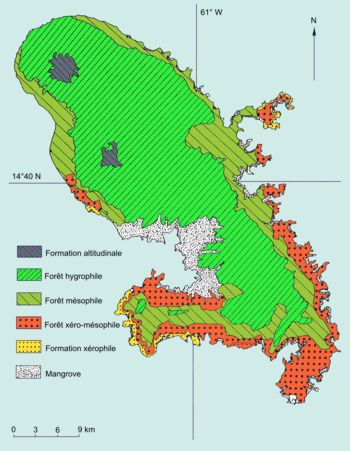 |
|||||||||||
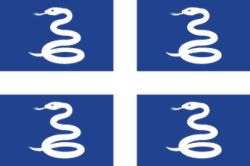 |
|||||||||||
|
|||||||||||
| Végétation, état avant la colonisation. | |||||||||||
|
|||||||||||
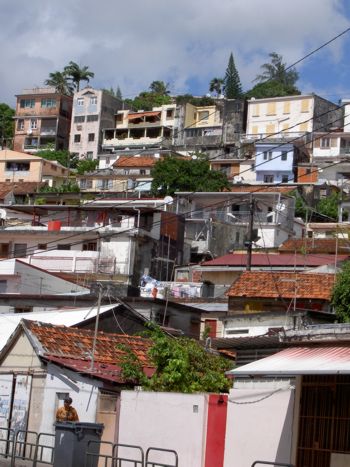 |
Most Martiniquais are of mixed ancestry, being the descendants of 17th century French settlers and slaves brought from Africa to work on the island's plantations. From the late 1970s unemployment prompted large-scale migration to France. Martinique remains reliant on aid from Paris. But despite high unemployment and a large trade deficit it has one of the higher standards of living in the region. Nationalist sentiment has sometimes flared, but the prospect of losing economic aid from Paris has tempered public support for all-out independence.
The island has an active volcano, Mount Pelee, which erupted in 1902, razing the town of Saint-Pierre and killing its 30'000 residents. Martinique is the birthplace of the African-French music form "the Beguine", whose influence can be heard in the zouk music of the French West Indies. Visited by the explorer Christopher Columbus and briefly occupied by the Spanish, Martinique was settled by the French in 1635. Other colonial powers vied for control of the increasingly-prosperous sugar-producing island, and it came under brief periods of English rule in the 18th and early 19th centuries. |
||||||||||
Fort-de-France, quartier Texaco, 2004.
Photo F. Palli |
|||||||||||
TV and radio services are provided by the French public overseas broadcaster, RFO, and by private operators. Television
Radio
|
|||||||||||
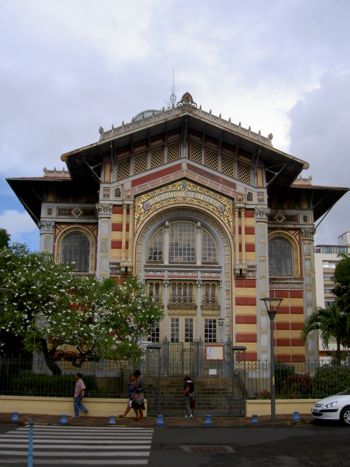 |
Biblithèque Schœlcher, Fort-de-France. Photo F. Palli | ||||||||||
| Rocher du Diamant. Photo F. Palli |  |
||||||||||
 |
Anse d'Arlet. Photo F. Palli | ||||||||||
| Plumeria alba, franjipanyé, Apocynaceae, Presque-île de la Caravelle. Photo F. Palli | 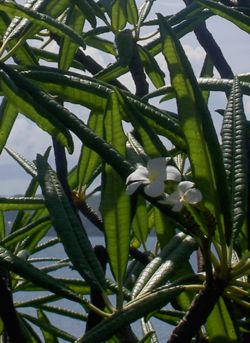 |
||||||||||
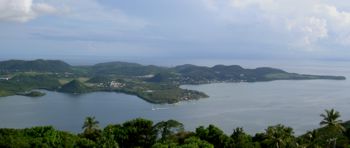 |
Presque-île de St-Anne. Photo F. Palli | ||||||||||
| Fort Saint-Louis, Fort-de-France. Photo F. Palli | 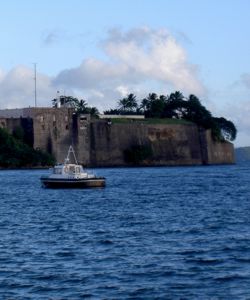 |
||||||||||










